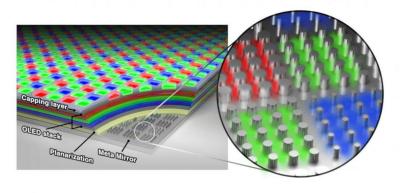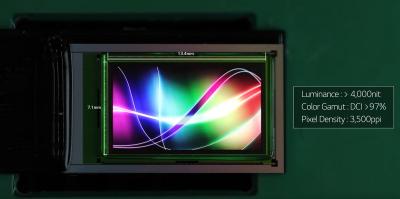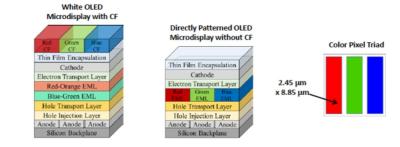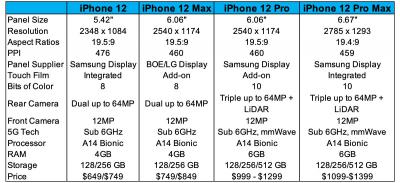On Seeya's OLED microdisplays status and plans
OLED microdisplay developer Seeya Information Technology was established in 2016, and in 2017 it started building a $300 million OLED 300 mm microdisplay production line. Seeya's fab is now in operation, with a yearly capacity of around 20 million displays (monthly capacity of 9,000 300 mm wafers).
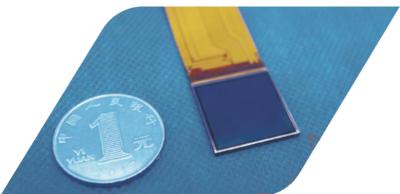
Seeya quickly became a prominent display maker, who's currently producing high performance displays to global customers. The company says it's currently the world's largest OLED microdisplay maker by volume. Seeya's current standard displays include:


